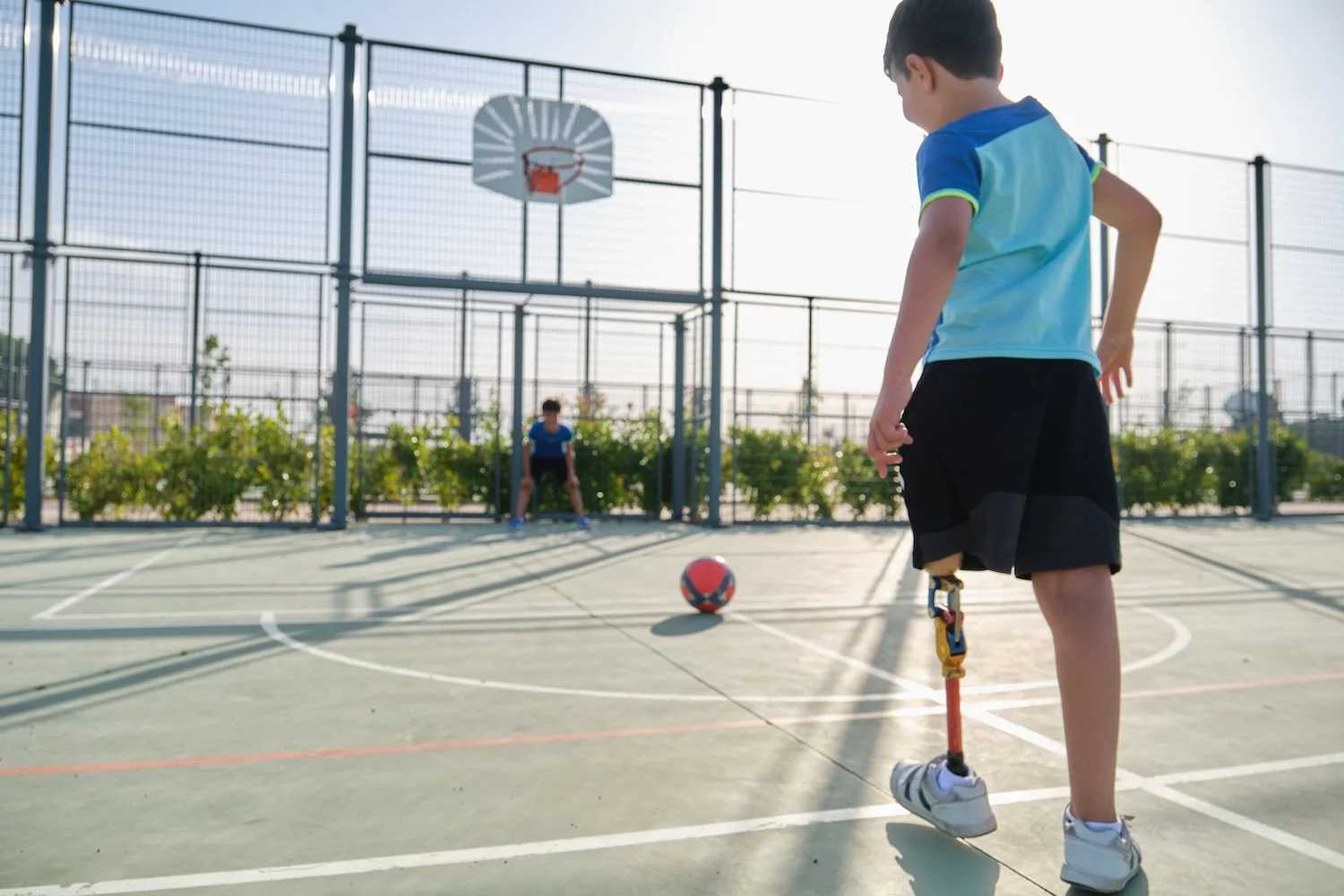We all want sports to be a great experience for kids. If you’re a parent or caregiver, you want it that much more. Because once you have a child, your favorite athlete is no longer someone you watch on TV — it’s the budding athlete down the hall, the one you’re raising.
These Parent Checklists are for you. They distill Project Play’s frameworks into simple 10-point checklists that can be read at a glance. They include questions you can ask your child, yourself, and local programs when considering how to build an athlete for life.
The checklists were developed with input from experts in the Project Play network, including the Families in Sport Lab at Utah State University, the Centers for Disease Control & Prevention, the American Academy of Pediatrics, the Institute for the Study of Youth Sports at Michigan State University, USA Hockey, US Lacrosse, the University of Minnesota, Playworks, the President’s Council on Fitness, Sports & Nutrition, SHAPE America, and Whole Child Sports.
RESOURCES for PARENTS & GUARDIANS
The 63X30 national roundtable’s 2025 strategic priority is to Educate and Rally Parents. The resources below were developed by the Aspen Institute’s partners at the 63X30 national roundtable to support parents in getting and keeping their kids healthy through sports.
-
An online library of youth sports video content, including educational resources from Positive Coaching Alliance, TrueSport, the U.S. Center for SafeSport, Women’s Sports Foundation and the National Council of Youth Sports.
-
Quality Parent Framework: The Quality Parenting Framework (QPF) is a comprehensive guide designed to support parents in their role within youth sports and focuses on building strong relationships, promoting an athlete-centered approach, supporting physical and socioemotional development, and encouraging various forms of parental involvement.
Parent Toolkit: The Parent Toolkit helps parents understand their roles better and gives even more practical tips on how to support their kids in sports. The toolkit is divided into parts that focus on things like being a good role model, providing the right kind of support, and encouraging open communication.
5 Ways to Tell Your Child has a Trained Coach: The "5 Ways to Know" posters provided here complement the Quality Parenting Framework by offering practical tips for parents to support their children in sports through quick concise visuals.
-
How to Evaluate Your Child’s Movement: A free course to help parents detect injury risk patterns, with additional resources to teach proper technique
Healthy Sport Index: What factors (physical health, psychosocial health and injury risk) do you prioritize for your child’s sport? Find the sport that best suits your needs.
-
-
How to Coach Kids: A free, 30-minute online course to learn the foundational best practices of coaching kids in sports
Coaching Girls: A free, 20-minute module in How to Coach Kids that addresses the unique challenges of coaching girls ages 7-12. Also available in a PDF guide.
-
-
Learn the seven-stage process golf’s governing bodies have developed to maximize your child’s potential and foster lifelong engagement.
-
Concussion Guidebook: Understand, recognize, prevent and treat concussions
Camp Safety Guidebook: Tips on selecting the right summer camp for your child
Abuse Prevention Handbook: Learn to identify warning signs
-
Resources developed by GameChanger’s Stay and Play partners to help parents and coaches foster respectful, inclusive environments for all athletes.
-
Have youth sports questions? Ask an expert from the Positive Coaching Alliance through the TeamSnap app.
MORE GREAT RESOURCES FOR PARENTS
Check out these blogs, podcasts and platforms with more great tips and resources for youth sports parents:
-
The Families in Sport Lab at Utah State University produces research on youth sports parents, including the Youth Sport Parent Guide
-
Founded by NFL veteran and FOX Sports broadcaster Greg Olsen, Youth Inc. is a one-stop shop with information, inspiration and entertainment about youth sports.
-
Journalist Asia Mape created I Love To Watch You Play to empower parents to create a youth sports journey that’s best for their child’s goals and their family’s values.
-
Good Game is a twice-weekly newsletter by journalist Melissa Jacobs that helps parents make more informed decisions for their kids.
-
The newsletter of sports tech platform iSport 360, the Youth Sports Survival Guide offers tips for parents and athletes.
-
Whole Child Sports was created by sports parents, for sports parents to make the youth sports experience more fun and inviting.
-
The Changing the Game Project puts the “play” back in “play ball” through resources, blogs and podcasts.
-
Former pro Skye Eddy Bruce’s Sports Parenting offers “Six Pillars of Soccer Parenting” and more tools to make youth soccer better.
-
TrueSport, an initiative of the U.S. Anti-Doping Agency, has developed a Parent Code of Conduct and library of resources.
-
In addition to their resources for coaches, the Positive Coaching Alliance has a library of resources for parents to help their child learn life lessons through sport.







